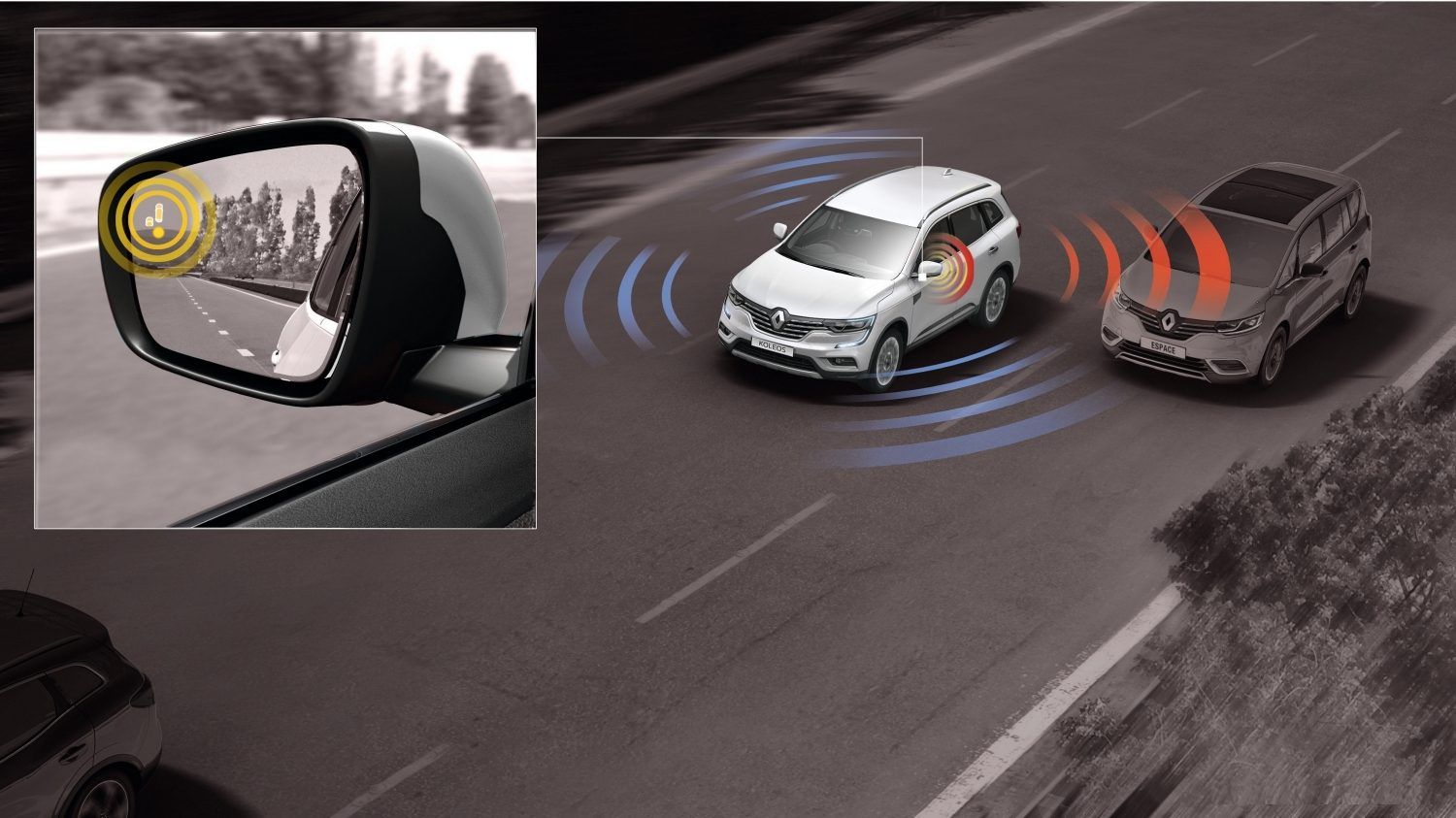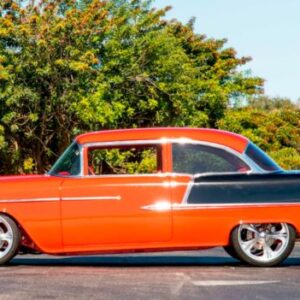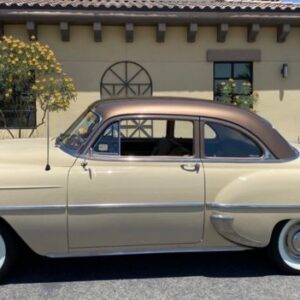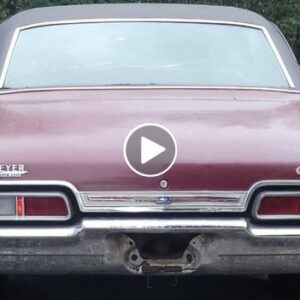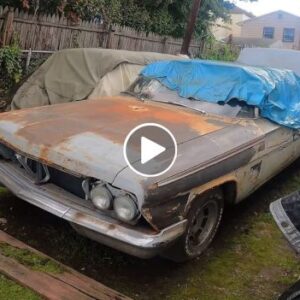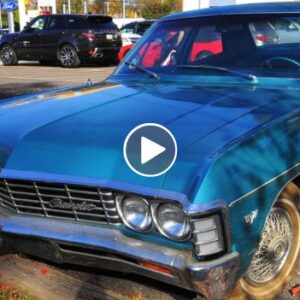
How do you make a car look faster without actually making it faster? Apparently, you just add wings, scoops, and vents wherever you can. Many classics leaned hard into the B-movie rocket ship designs with long tailfins, and pointy edges. Later, influence came from real racecars featuring effective aerodynamics. But once again the OEMs squandered the design. Take a close look at many sporty cars of the recent past and you’ll find wings that only create drag, as well as hood scoops and vents that are completely blocked off. So what’s the point?
3 Vacuum-Operated Anything
Somehow, it took until just a couple decades ago for some auto manufacturers to discover electricity. Until then, they utilized vacuum power to control some moving components. Old Corvettes relied on vacuum to operate their popup headlights, while the AMC Gremlin used it to move the windshield wipers back and forth. Other cars a few generations further back used vacuum to roll windows up and down. One problem with this is that only a running engine creates the vacuum needed to run these components. If the car is not running, then you’re out of luck. An even bigger problem was reliability. If you’ve ever had to diagnose a vacuum leak of a classic car, you’ve seen the complications of this design. Vacuum components rely on rubber seals and hoses, all of which deteriorate and crack over time. If you’re trying to bring a decades-old car back to life, don’t bother trying to replace just the bad vacuum lines. Replace it all and swap in electric motors wherever possible.
2 Car Alarms
What is the loudest sound that people ignore? Nine times out of ten, it’s obnoxious car alarms. The manufacturers implemented these with good intentions, but the outcome was less than helpful. False triggers are so commonplace that people won’t even look when an alarm goes off. The ’90s and 2000s excelled at creating the loudest and most annoying alarms. They featured sirens, beeps, and buzzers, as if mixing up the sound effects would draw more attention than a simple repeating horn. We’ve also had to deal with car alarm triggers differing from car to car and evolving over time. Did you lock the car with your key fob while the door was open, then shut the door? Did you accidentally pull the door handle before disarming the security system? Did you sneeze in the car’s general direction? Thankfully, security systems are becoming smarter and easier to live with. Plus, built-in camera systems are helping to catch the criminals instead of relying on noisemakers.
